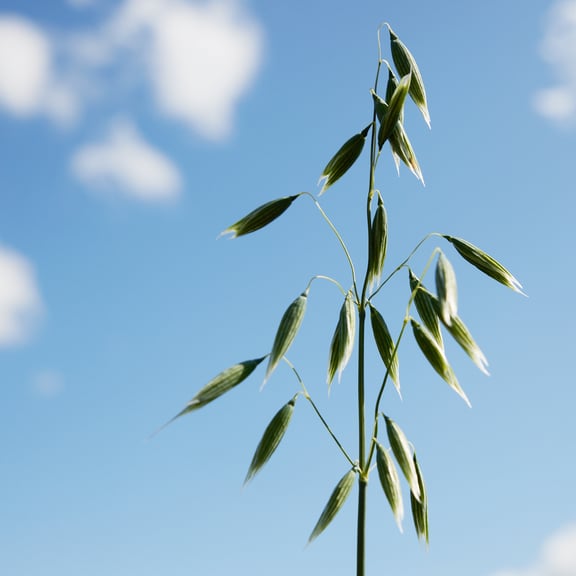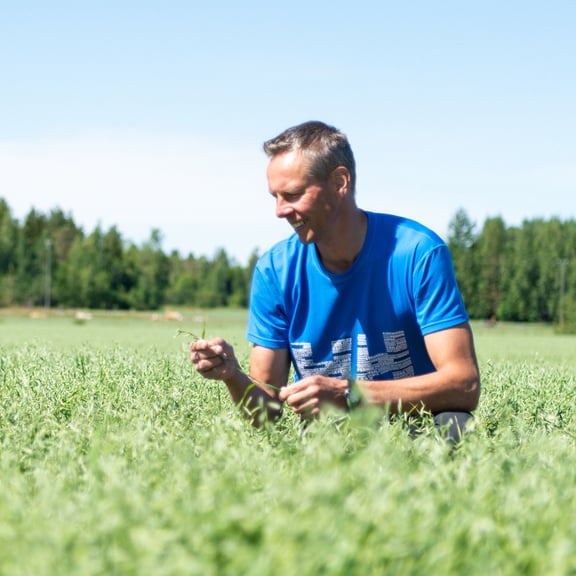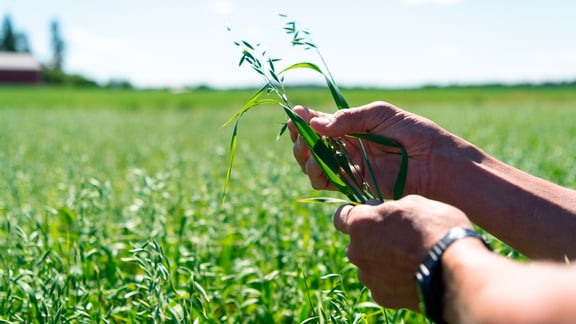Gluten free oats are gluten free from field to fork
The varietal purity and thereby food safety of a grain is of the utmost importance to the consumer. A product sold as gluten free must be gluten free. If any other crops besides gluten free oats were processed on the farm, all of the harvesting equipment and dryer would have to be thoroughly cleaned between uses. The Hölsö farm has its own designated equipment for processing gluten free oats, so this phase does not require any special effort – regular equipment cleaning is enough.
“After threshing, the grain is dried in its own dryer, and after that the grain is moved to a metal storage silo. There are several storage silos and they are all sealed,” says Mikko.
Precise bookkeeping is practiced for every batch of dried grain, and representative advance samples are taken. Advance samples are sent to Helsinki Mills for analysis, and only grain that has passed the advance test may then be delivered to the mill.
“Transport takes place using well-known transport companies’ vehicles, which are specialised in grain transport and we trust in the cleanliness of their equipment,” says Mikko.
The following quality requirements are set for Helsinki Mills’ food-grade oats:
- the grain must be dried sufficiently so that it has a maximum moisture content of 14 per cent
- the grain must be sufficiently heavy so that its hectolitre weight is a minimum of 56 kilograms
- the grain must be sufficiently large; grains are sieved through a 2-millimetre sieve. Small grains are not used in food production.
- the grain must be ripe with a healthy colour and free from unwanted smells and mould
- the grain must be varietally pure with no foreign species
- the grain must not mix with allergens such as soy, nuts, lupins, or celeriac during farming, drying, storage or transport.
In addition, good agricultural practices must be following when farming, and only products that are approved for use on foodstuffs may be used for fertilising and plant production. The grain must meet national and EU legislation for foodstuffs.



